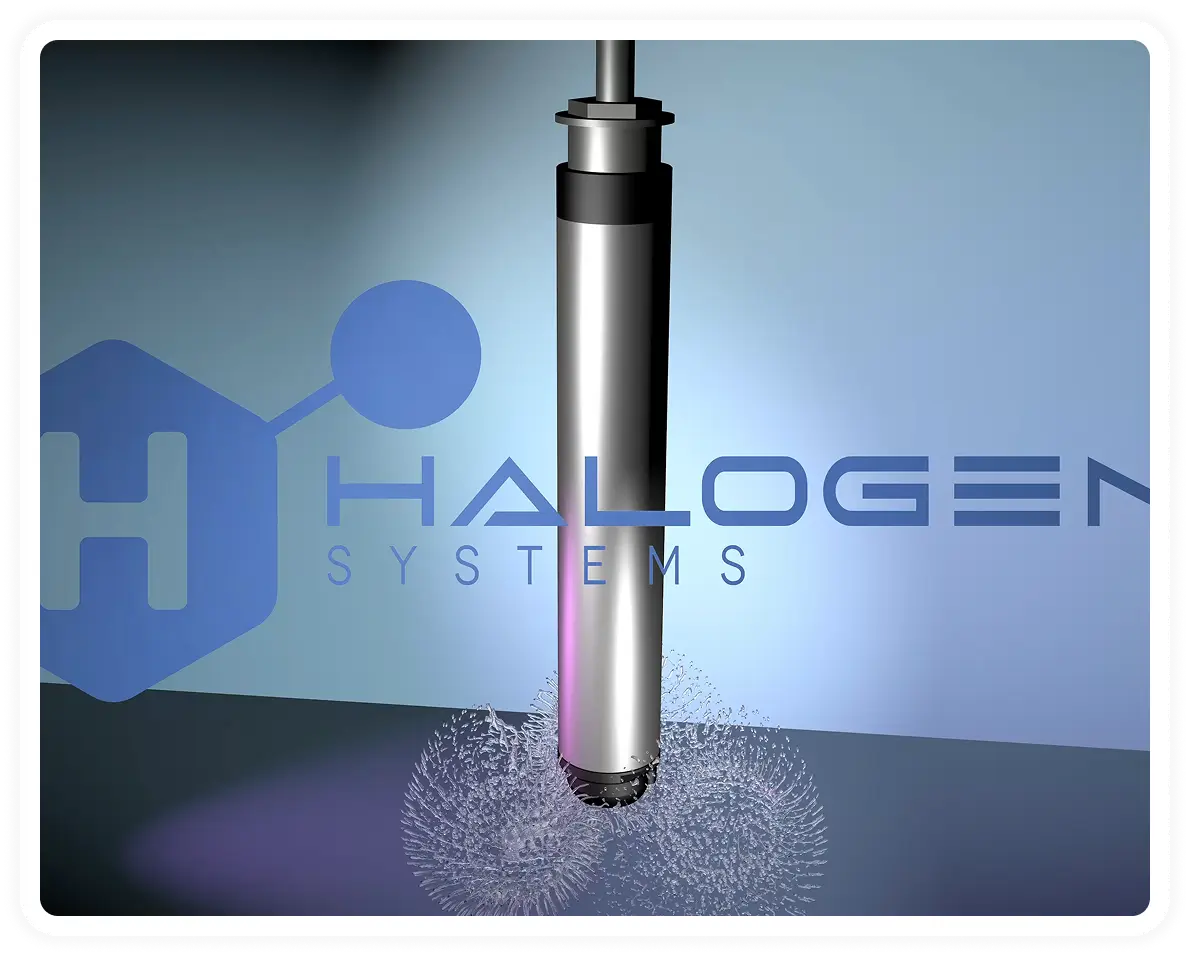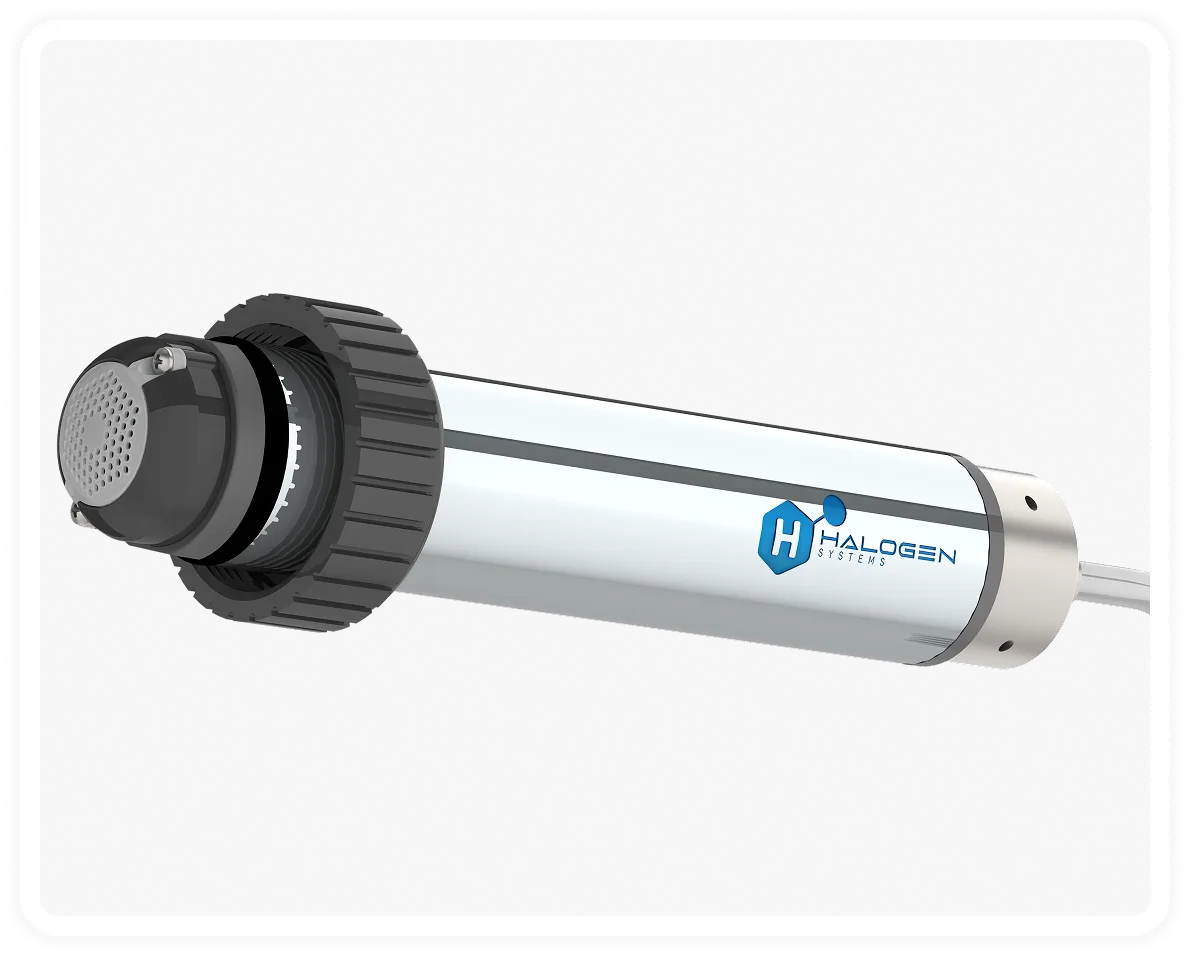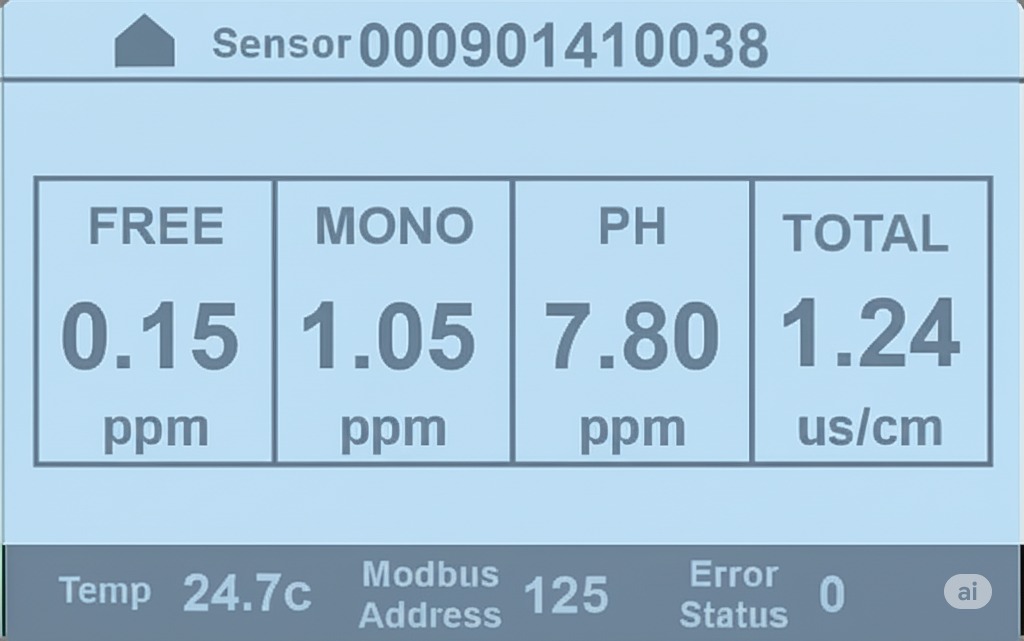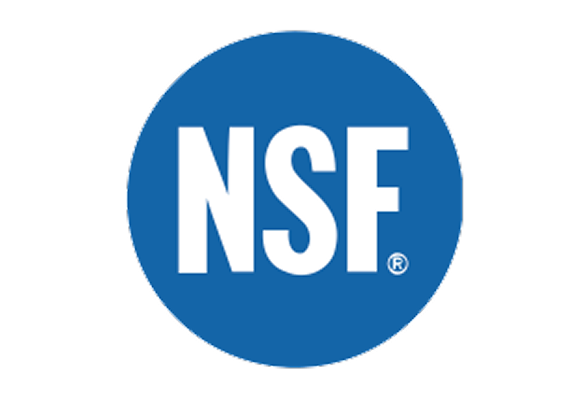Operators Are Blind to Distribution Residual Disinfectant Levels
- Home
- Operators are Blind to Distribution levels
Operators Are Blind to Distribution Residual Disinfectant Levels
- Home
- Operators are Blind to Distribution levels
Are Your Operators Blind to Chlorine Levels in Drinking Water Distribution Lines?
In the world of water treatment, ensuring safe chlorine levels is a top priority for operators. While water leaving treatment plants is carefully monitored and meets safety standards, the story often changes downstream. Once water flows into the distribution network, operators can be left in the dark about chlorine levels—until now. Halogen Systems is revolutionizing water quality monitoring with its cutting-edge chlorine sensors, designed to provide clarity, efficiency, and peace of mind.


A Game-Changing Solution
Halogen Systems has developed self-cleaning chlorine sensors that operate maintenance-free for six months or more. Unlike traditional sensors that demand weekly upkeep, costly reagents, and wasteful water usage, these innovative devices are built for reliability and sustainability. Operators no longer need to guess what’s happening in their distribution lines—Halogen’s sensors act as an early warning system, detecting upsets, equipment malfunctions, or potential public health risks before they escalate.
Unsafe drinking water is no small matter. When chlorine levels drop too low or spike unexpectedly, the consequences can range from boil-water notices to widespread illness or even fatalities. With Halogen’s technology, operators gain real-time visibility into their network, ensuring safer water for communities.
Why Existing Chlorine Sensors Fall Short
Traditional chlorine sensors come with a laundry list of drawbacks. Weekly maintenance schedules tie up valuable time and resources, while the need for reagents drives up costs. Perhaps most shockingly, these systems waste enough water annually to fill three swimming pools—an unnecessary burden on both budgets and the environment. Halogen Systems flips the script by eliminating these inefficiencies entirely.
Their sensors require no drain, produce no waste stream, and can be installed anywhere in the distribution network. Water waste? Reduced to zero. This isn’t just a win for operators—it’s a win for sustainability.


Real Results, Real Savings
The proof is in the numbers. One customer, using just five Halogen sensors, saved over 2,000 man-hours and $40,000 in a single year. With 24/7 data streaming from their most problematic sites, they’ve transformed how they manage water quality. Across a network, these sensors can save up to 138,000 gallons of water per year, making them a game-changer for both operational efficiency and environmental impact.

Features That Set Halogen Systems Apart
What makes Halogen Systems’ chlorine sensors stand out? Here’s a closer look:
Self-Cleaning Technology: Operate for six months or more without maintenance.
No Waste, No Hassle: No drain or waste stream required, reducing water loss to zero.
Flexible Installation: Deployable anywhere in the network, regardless of flow or pressure.
Water Age Detection: Identify stagnation issues that could compromise quality.
Real-Time Data: Access critical information from anywhere, anytime.
NSF61 Certified: Meets rigorous safety standards for drinking water applications.
Seeing the Unseen
For too long, operators have been blind to what happens downstream of their treatment plants. Halogen Systems’ chlorine sensors shine a light on the unknown, empowering water utilities with the tools they need to protect public health, cut costs, and operate sustainably. Whether it’s detecting equipment failures, preventing health risks, or simply saving time and money, these sensors are a must-have for modern water management.
Ready to bring visibility to your distribution network? Contact us to learn more about how Halogen Systems is setting a new standard in water quality monitoring. With their technology, the days of guessing about chlorine levels are over—clarity starts here.
